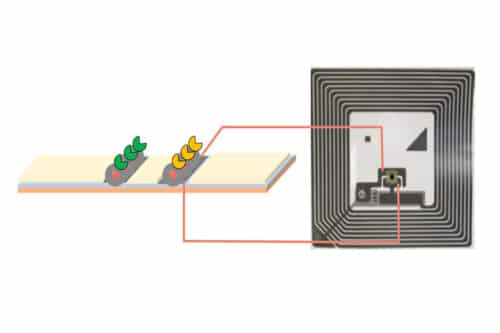Researchers from MIT have developed a wireless electronic lateral flow assay test that can integrate with protein in the body and can be used as a biomarker. This biomarker uses electronic polymers rather than colored lines to indicate the positive response.

Lateral flow assays (LFA) tests have become predominant as they are the standard format for home pregnancy and Covid-19 tests. These LFA tests indicate the result as a colored line. These tests are now widely used for quantitative analysis.
Various attempts to make a quantitative LFA have failed due to optical basis. The results usually display complications of scattered stray light and faint images. The researchers have been working on rectifying and fixing these complications regularly. The electronic LFA tests are the next level result of the continuous research.
The electrical resistance can be used for measurement with accuracy in electronic devices. The team from MIT generates base signals which can alter the resistance by 700,000 percent. These signals can detect the trace quantities of a target biomarker. This wireless electronic LFA uses a biological trigger through the enzyme glucose oxidase. However, the device was only able to monitor glucose.
This study shows that this technology can be used for targeting proteins using the antibodies. The levels of these biomarkers elevate when a patient has an immune response to the specific disease or medical treatment. Then these can be used extensively with other biomarkers for detecting environmental toxins in water. Researchers were able to quantitatively detect the C – reactive protein inflammation biomarker at physiological levels.
The electronic LFA can also power and read devices with a conventional smartphone when integrated into a resonant radio frequency circuit. The passive LFA-RFID devices can also be used at home without any specialised external reader. These are expected to contribute more for medical and environmental researches in the near future.







